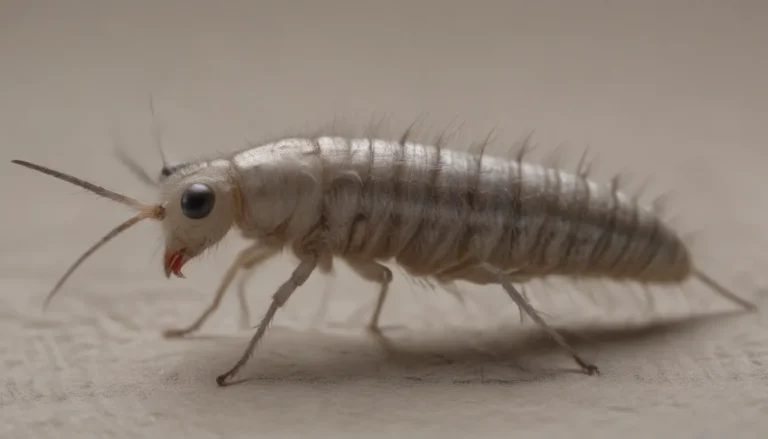How to Troubleshoot and Fix a Dishwasher That Isn’t Cleaning Properly

When you first got your dishwasher, the idea of never having to hand wash dishes again probably sounded like a dream come true. But, as time went on, you started to notice that your dishes weren’t coming out as clean as they used to. Maybe there’s a residue left on them, or perhaps they’re still covered in food debris even after a cycle. If this sounds familiar, don’t worry – you’re not alone. Many dishwashers can lose their cleaning efficiency over time due to a variety of reasons. But fear not, there are steps you can take to troubleshoot and fix your dishwasher yourself without having to call in a repair person.
Why Is Your Dishwasher Not Cleaning Well?
Dishwashers work hard, daily. It’s not uncommon for them to start experiencing issues over time. Before you panic and assume you need a new dishwasher or major repairs, consider that the problem might be something simple. It could be as easy as switching to a different dishwasher detergent or adjusting your dishwashing routine. Here are some common reasons why your dishwasher might not be cleaning properly:
- Dishwasher Detergent: The detergent you use plays a crucial role in how well your dishes get cleaned. Make sure you’re using the right detergent for your machine and water type.
- Water Temperature: Hot water is more effective at cleaning dishes, so check that your dishwasher is getting hot enough water to clean effectively.
- Spray Arms and Filters: Clogs in the spray arms and filters can prevent water from reaching all areas of your dishes, leading to ineffective cleaning.
- Overcrowding: If you’re cramming too many dishes into the dishwasher, water and detergent may not be able to reach everything.
By addressing these issues, you can often improve your dishwasher’s performance and get those sparkling clean dishes you’ve been missing.
Steps to Fix a Dishwasher That Leaves Dirty Dishes
1. Clean the Dishwasher with a Dishwasher Cleaner
Hard water deposits and food debris can build up in your dishwasher over time, leading to poor cleaning performance. Using a dishwasher cleaner can help remove these deposits and keep your machine running smoothly. Follow the instructions on the cleaner for the best results.
2. Use the Right Dishwasher Detergent
In addition to using a dishwasher cleaner, make sure you’re using the appropriate detergent for your machine. Check your dishwasher’s manual for recommended detergents, and consider using one with added water softeners if you have hard water. Using a rinse aid can also help improve cleaning performance by removing soap and food residue more effectively.
3. Scrape Rather Than Rinse Dishes
Contrary to popular belief, you don’t need to pre-rinse dishes before loading them into the dishwasher. In fact, leaving some food particles on the dishes can help the detergent work more effectively. Simply scrape off large food particles and let the dishwasher do the rest.
4. Clear the Spray Arms
The spray arms in your dishwasher are responsible for distributing water to clean your dishes. If they’re clogged, water may not reach all areas, resulting in dirty dishes. Remove the spray arms, clear any blockages, and reassemble them to ensure proper water flow.
5. Clean the Filters
Dishwasher filters prevent food particles from recirculating and getting stuck on your dishes. Clean the filters regularly to ensure optimal performance. Different dishwashers have different types of filters, so refer to your manual for specific instructions on how to clean them.
6. Check and Adjust the Water Temperature
Hot water is essential for effective cleaning in a dishwasher. Check the temperature of the water entering your dishwasher to ensure it’s at least 120 degrees Fahrenheit. Adjust your water heater if necessary to achieve the right temperature for optimal cleaning.
7. Don’t Overcrowd the Machine
It’s tempting to pack your dishwasher to the brim to save time, but overcrowding can actually lead to poor cleaning results. Make sure there’s enough space between dishes for water and detergent to reach all areas effectively. Following your manufacturer’s loading instructions can help ensure optimal cleaning performance.
By following these steps and addressing common issues with your dishwasher, you can improve its cleaning performance and enjoy sparkling clean dishes once again. Remember to regularly maintain your dishwasher and implement good dishwashing habits to prevent future issues.
Additional Tips for Keeping Your Dishwasher in Top Shape
- Run Hot Water Before Starting a Cycle: Run your kitchen faucet on hot before starting a dishwasher cycle to ensure that hot water enters the machine right away.
- Regularly Inspect and Clean the Door Seal: Check the door seal for debris or buildup, as this can affect the machine’s ability to create a tight seal and prevent leaks.
- Use a Dishwasher Freshener: If your dishwasher has a musty smell, consider using a dishwasher freshener to keep it smelling fresh and clean.
- Maintain a Regular Cleaning Schedule: Make it a habit to regularly clean your dishwasher, including filters, spray arms, and other components, to prevent buildup and clogs.
With these tips and tricks, you can troubleshoot and fix a dishwasher that leaves dirty dishes, ensuring that your machine runs efficiently and your dishes come out sparkling clean every time. Don’t let a minor issue with your dishwasher ruin your cleaning routine – take action and get those dishes gleaming once again!





